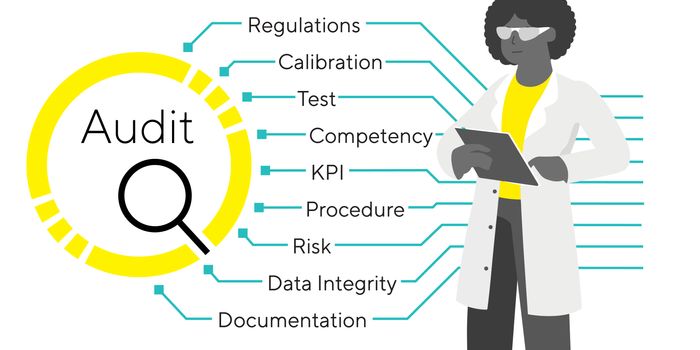A Possible Therapy for Infantile Spasms
Researchers at Texas Children’s Hospital have identified a possible cause of infantile spasms (IS) as well as a potentially novel way to treat this condition. The cause and potential treatment are described in a recent paper published in the Annals of Neurology.
IS is a relatively common form of epilepsy younger than a year old, and occurs in about 50% of all epilepsy cases that happen during the first year of a child’s life. Its hallmark signs are brief periods of jerking or tensing up, and usually happen in clusters. While IS may seem relatively harmless on the outside, IS can cause a number of problems for children if not adequately treated, including developmental problems and disabilities. Unfortunately, treatment options are limited for these patients.
But the development of new therapeutic options requires better understanding the underlying causes of IS. Researchers at Texas Children’s may have found an answer.
Specifically, researchers noted that people with IS have lower levels of insulin growth factor-1 (IGF-1). It’s a hormone that’s important to overall healthy development, though injury to the brain can impact the development of this hormone. Previous research had suggested this was the case, so researchers were eager to verify and better understand the implications of lower IGF-1.
As part of the study, researchers induced an injury in the brains of rodents that caused IS-like spasms. Following this process, researchers noted lower levels of IGF-1 in certain areas of the rodent brain.
Given what they had seen in both human and animal models, researchers speculated whether raising IGF-1 levels to a more normal level might help either reduce or eliminate IS symptoms. They used a modified version of the IGF-1 hormone that was capable of passing the blood-brain barrier to the rodents. Overall, the administration of IGF-1 proved successful in eliminating IS spasms in rodents, pointing the way towards a new treatment option for infants with IS.
Sources: EurekaAlert!; Annals of Neurology








